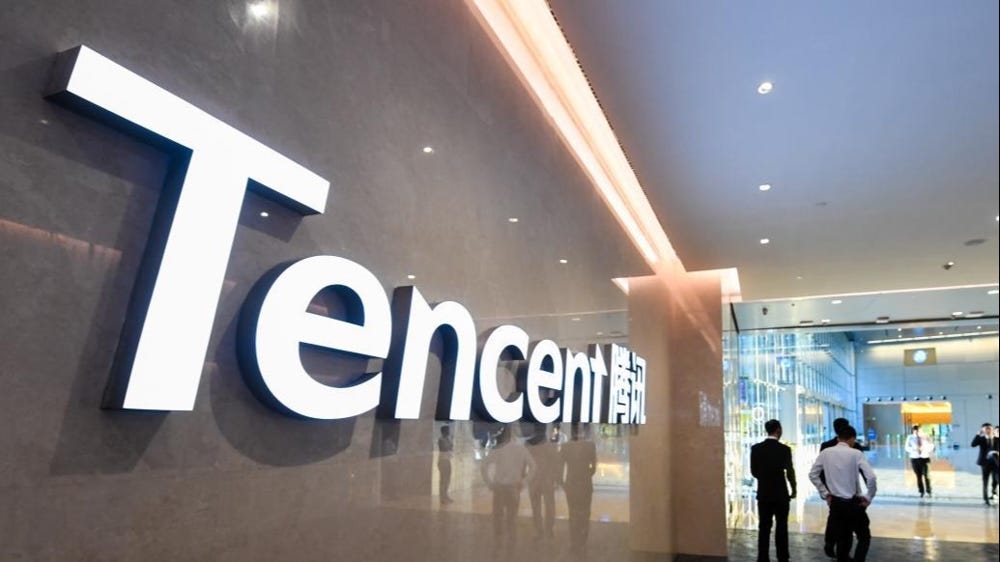Tencent Boosts AI Spending as Tech Giants Race for Computing Power
Chinese internet giant Tencent is doubling down on artificial intelligence, signaling plans to significantly increase capital expenditures in 2025 to bolster its AI development and cloud infrastructure . On March 19, Tencent reported its Q4 2024 earnings, and while results showed a healthy rebound in revenue (¥172.5B, +11% YoY) and profit, the real eye-opener was the scale of Tencent’s investment in AI. In the fourth quarter alone, Tencent’s capex surged 386% year-on-year to ¥365.8 billion ($53.5B), bringing total 2024 capex to ¥767.6 billion ($112B) – a record high, amounting to 11.6% of annual revenue . President Martin Lau told investors that in 2025 this figure will climb further, reaching a “low-teens percentage of revenue” . Given Tencent’s revenue base, that implies around ¥1 trillion could be spent on AI and related infrastructure next year . “We will continue to increase our AI investments,” Lau said, highlighting spending on Tencent’s proprietary Hunyuan large model and expanding multimodal and open-source AI capabilities .
The hefty spending is driven by an arms race for computing power. Tencent’s executives revealed that a large portion of recent capex has gone toward buying GPU servers and other hardware needed to train and deploy large AI models . Notably, Tencent reportedly placed an urgent order for a new batch of NVIDIA AI chips worth tens of billions of yuan in Q4, contributing to the spike in expenditure . “Part of the Q4 increase was due to us urgently procuring GPUs for training and cloud services,” Lau acknowledged . Tencent’s flagship Hunyuan AI model (a rival to OpenAI’s GPT-4) and its AI-driven services (like the Yuanbo virtual assistant integrated in WeChat) require massive computing resources. The company is betting that these investments will pay off in the form of more powerful AI platforms and revenue-generating AI applications. “We have strong cash flow and can support both future AI investment and shareholder returns,” Lau noted, seeking to allay fears that heavy AI spending could hurt Tencent’s bottom line .
Tencent is not alone – China’s tech giants are locked in a fierce race to build AI capacity. In February, Alibaba announced it will spend at least ¥380 billion ($55B) over the next three years on cloud and AI infrastructure . ByteDance (owner of TikTok) has earmarked over ¥150 billion ($22B) for 2025 capital outlays, largely to expand its AI computing power . Even startups are raising record funds to buy GPUs and develop large language models. Tencent, which somewhat lagged in the early phase of the generative AI boom, is now scrambling to catch up. A few months ago, CEO Pony Ma reorganized Tencent’s AI divisions to speed up product innovation and “increase AI-related capex” across the board . The company’s recent launch of the HunyuanAide chatbot and integration of AI features into WeChat and its gaming and advertising businesses show this strategy in action .
While Tencent’s 2024 profits were buoyed by strong gaming and advertising (helped in part by AI-driven ad targeting), the company sees AI as the cornerstone of its next growth curve . Tencent’s leaders frequently mention “DeepSeek”, an open-source Chinese large model that emerged recently, which they respect and view as both an inspiration and competition . Pony Ma has mused about the future of AI “intelligent agents” and how they might be woven into WeChat’s mini-program ecosystem . In the near term, the practical focus is on infrastructure: spending now to ensure Tencent has the data centers, chips, and talent to remain a dominant player in AI. This massive investment phase could pressure margins, but Tencent is confident it’s necessary. “Short-term, there is some cost pressure from AI inference-related capex… but we believe it’s controllable and will be offset by future revenue from AI services,” a Tencent executive said on the earnings call . In a landscape where AI prowess increasingly defines winners and losers, Tencent appears determined not to fall behind – writing big checks today to secure its place in the AI-driven economy of tomorrow.





